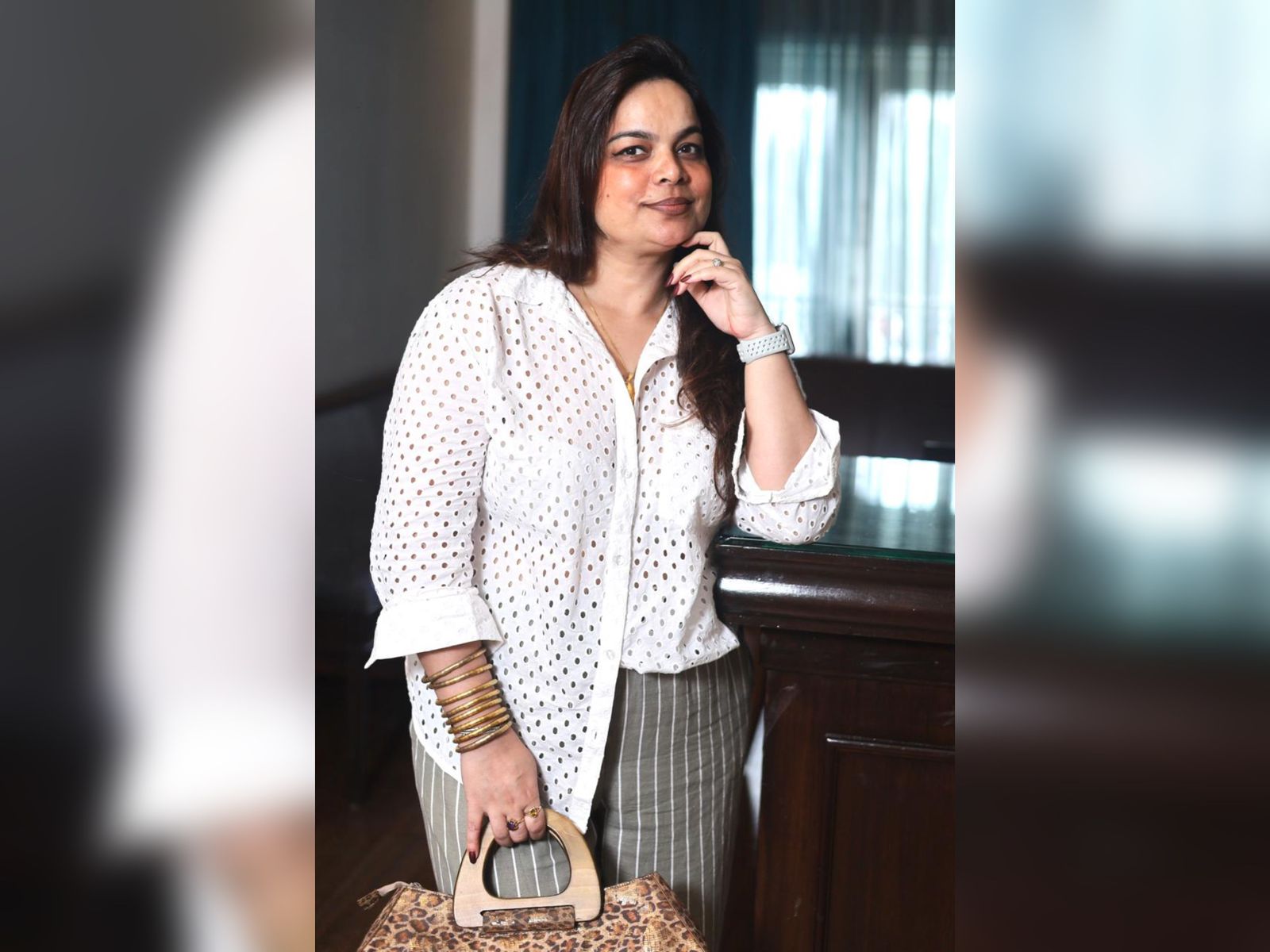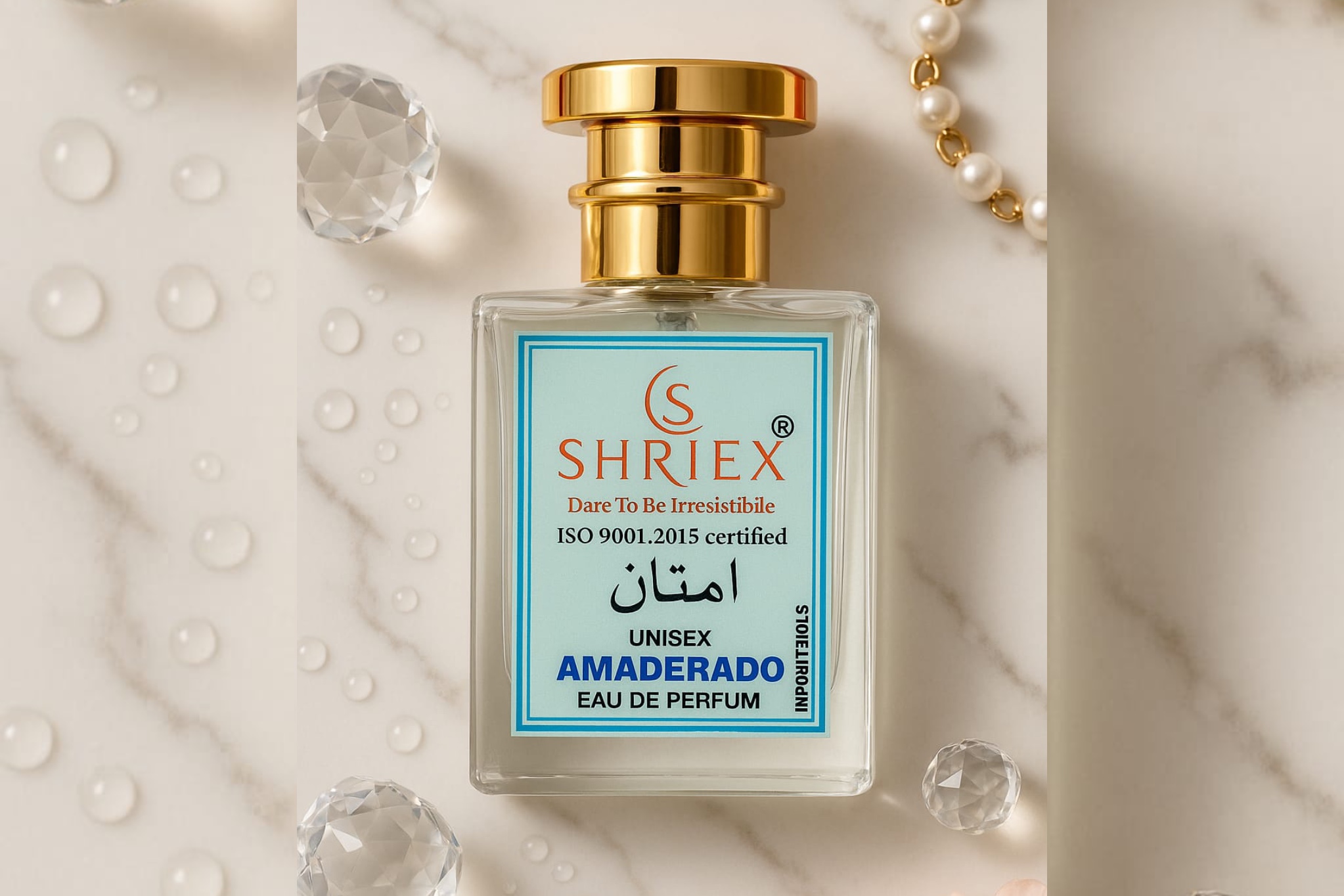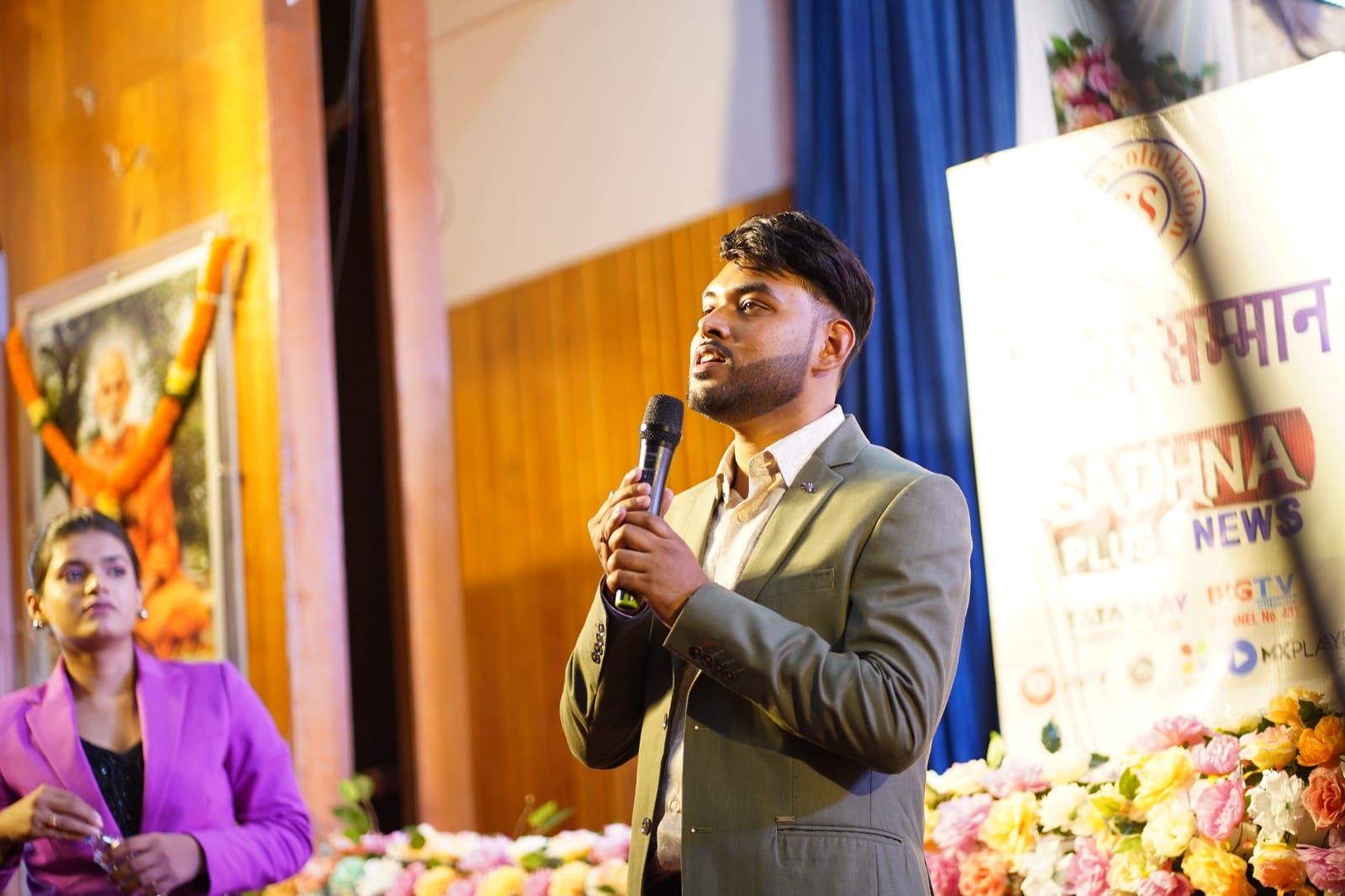
In a time when fashion is increasingly shaped by trends, algorithms, and social media cycles, some designers are choosing a quieter path one that values originality, heritage, and slow creation over fast fashion. Among them is Designer Prerna Rajput, who continues to shape a distinctive space in Indian couture by challenging how we think about clothing itself.
Her newest collection, Northern Radiance, may be the headline, but the real story is about how Rajput’s approach is prompting a deeper conversation on what modern Indian couture means today. Rather than chasing global conformity or celebrity endorsement, Rajput is focused on the cultural continuity and artistic intentionality behind her work.
The Shift from Fashion as Product to Fashion as Narrative
Over the years, Indian couture has steadily grown into a high-value global segment. Yet, much of its growth has come through repetition of successful motifs bridal reds, heavy zardozi, familiar silhouettes. In contrast, Prerna Rajput’s work leans on the idea that every garment should be treated as a singular expression.
Rajput does not repeat designs. Her atelier produces each piece as an exclusive creation, custom-built not just for size, but for story. This process may seem slow, but it’s deliberate. It reflects her belief that fashion, especially in a country as diverse as India, should be personal, poetic, and unhurried.
Her latest work is rooted in this ethos. Northern Radiance is not a spectacle of trends it is a quiet study of North India’s craft lineage, filtered through her own evolving design vocabulary. And for those looking beyond the runway flashbulbs, that’s where its brilliance lies.
Beyond Regional Borders, a Shared Visual Identity
While the collection draws visible inspiration from multiple northern regions Jammu & Kashmir, Rajasthan, Punjab, and Awadh Rajput avoids simply stitching them together. Instead, she builds a shared visual language, one where embellishment becomes emotion and technique becomes texture.
Unlike previous seasons where traditional materials such as gota patti or resham dori dominated the conversation, this time Rajput incorporates modern surface elements Swarovski crystals, metallic overlays, and structured floral appliqué. But what’s interesting is that these embellishments never overpower the garment. They’re integrated, not imposed.
The result is clothing that feels ceremonial but contemporary, rooted but refreshing.
A Growing Audience That Seeks Meaning Over Magnitude
More than just luxury seekers, Rajput’s clientele includes a growing demographic of younger women who want custom clothing that reflects their personal values. These buyers are often aware of the stories behind textiles, the names of embroidery forms, even the origin of the artisans involved.
It is for this audience that Rajput’s work resonates deeply. They’re not just purchasing a garment; they’re participating in the preservation of a design ecosystem that is rapidly vanishing in other parts of the industry.
Fashion critics have noted that while Northern Radiance includes bridal-friendly options, it avoids the predictable visual formula of wedding couture. Instead, it opts for asymmetry, muted tones, and structure signals of a designer who is thinking ahead.
The Emotional Architecture of Rajput’s Designs
To those unfamiliar with Prerna Rajput’s background, her work may come across as serene, even minimal. But beneath that quiet lies a complex emotional framework. Raised in Jammu & Kashmir, Rajput’s early exposure to handcrafted textiles, natural landscapes, and oral storytelling clearly influences her design rhythm.
There’s a softness to her garments, even when they are bold. Her color choices are rarely loud. Instead, they evoke nostalgia dusk pinks, forest greens, antique golds. Her silhouettes don’t conform to runway expectations; they adapt to movement, body diversity, and occasion.
This sensitivity to emotion is perhaps what keeps her work timeless. While many collections are remembered for their showstopper gowns, Rajput’s designs linger because of their restraint.
Crafting in the Age of Copy-Paste Culture
One of the challenges of being a couture designer in the digital age is the ease with which originality can be diluted. Designs are replicated, filtered, and mass-produced within weeks. In such a landscape, Prerna Rajput’s unwavering focus on non-repetitive design and artisan-first production feels almost rebellious.
She employs a team of skilled artisans many from the regions that inspire her work and invests months into a single design. In doing so, she also preserves endangered handwork traditions, not through charity, but through integration.
There’s no digital mock-up in her process. It starts with fabric in hand, pencil on paper, and a vision that evolves in layers. And perhaps that’s what gives her garments an irreplaceable energy.
The Road Ahead: From Atelier to Archive?
There are quiet talks in industry circles about a possible exhibition of Rajput’s past collections in collaboration with art institutions. If realized, it would mark a significant shift presenting fashion as living craft worthy of archival preservation, rather than seasonal consumption.
Whether she takes that path or continues to work in her bespoke studio in Mumbai, one thing is clear: Designer Prerna Rajput is not chasing fame. She is building legacy.
And in doing so, she’s reminding Indian fashion that storytelling still matters. That identity can still be elegant. And that in a world rushing toward sameness, there is still power in creating something once and only once.







